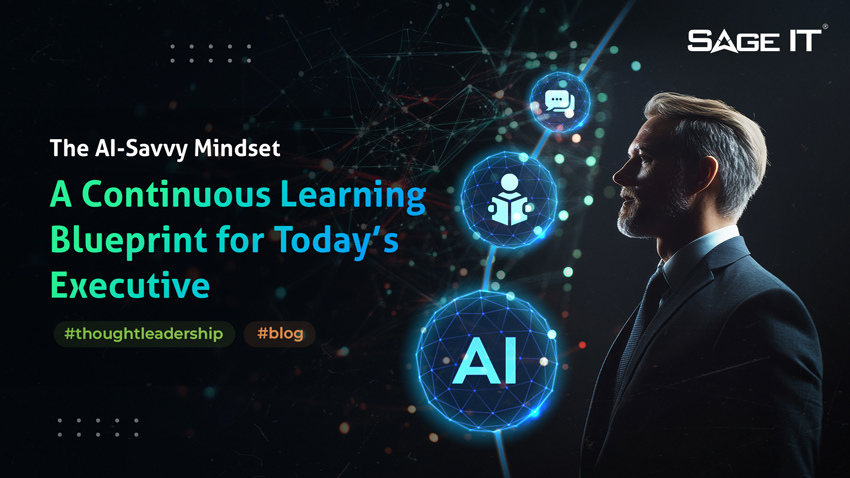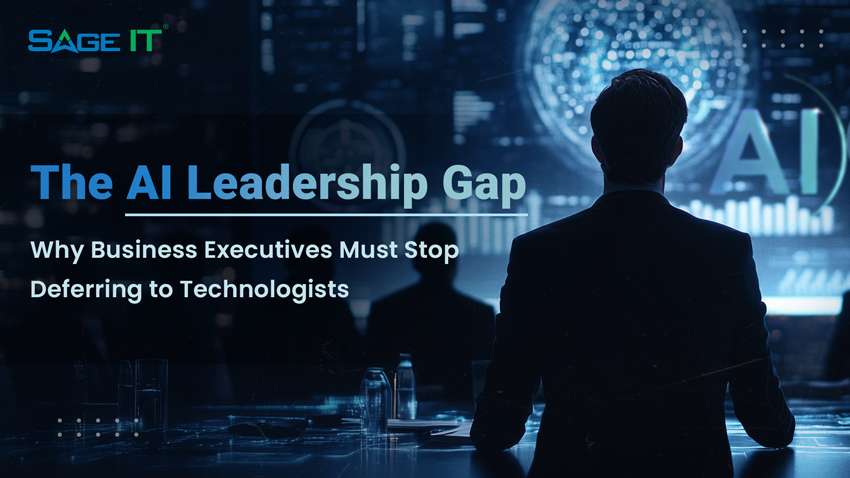“There are about 976 different applications used by an average enterprise. Companies must be able to integrate these growing number of apps and data sources to create seamless digital experiences, and drive growth. Composability approach utilises data and applications scattered across the enterprise and makes them accessible. And pervasive integration is one of the means to create a composable enterprise.
Connecting the elements of API economy to processes spread across systems and/or enterprises is a huge ask. The returns of such exercise can be extremely eye-catching: Integrating legacy systems with modern digital technologies elevates the effectiveness of IT middleware. Organizations can unlock novel insights and even new sources of revenue.
Established integration platforms can soon become insufficient due to the changing needs of the business, and they have to accommodate on-premise and cloud-based systems. Gartner recommends hybrid integration platforms that also include API management capabilities, that can address varied use cases and deployment models. For a pervasively integrated system, a clear assessment of the existing landscape is essential to ensure application suitability and define the correct adoption strategy. Migration of applications to new API environments with cutting edge re-engineering services, data services (analysis, assessment, conversion, migration, virtualization etc.), application management can streamline supply chain and increase productivity, while easing the B2B Transaction automation process.
Aiming for quicker API deliveries
More and more organizations are starting with educating their API teams on integration platforms and make team members understand how the process accelerates timelines and adds value to their goals. Today’s large enterprises need more from their data warehouse and data integration initiatives, as businesses move towards standardization of metrics. Ascertaining typical platform capabilities that can facilitate these, can help organizations to start on a strong foundation of employee understanding and tool compatibility.
Consolidating APIs for consistent performance
Using custom coding or solutions to integrate APIs from different sources and make them work together quickly, is not a cost-effective activity. Integration platforms tackle this challenge of reconciling APIs’ inconsistency by synergistically blending API management into the integration platform and enable an API economy initiative that can be transformative.
Clearing the cloud
Multiplatform cloud issues may not be an issue for organizations pursuing pervasive integration of their data. As organizations continue to leverage multiple platforms to keep their data accessible at all times, APIs connecting these services get complex enough to make the overall process easy for the end user.
Conclusion
The speed at which digital transformation is taking hold in the Silicon Age can not only be attributed to the change forced by the global pandemic, but also to an increased awareness about the benefits of adopting technology in various industries. Technology continues to be the primary impetus to change in the world. Learn about the rest of the trends in technology in our Trendsbook 2023 called OrganizationNXT.
Talk to us >> marketing@sageitinc.com












